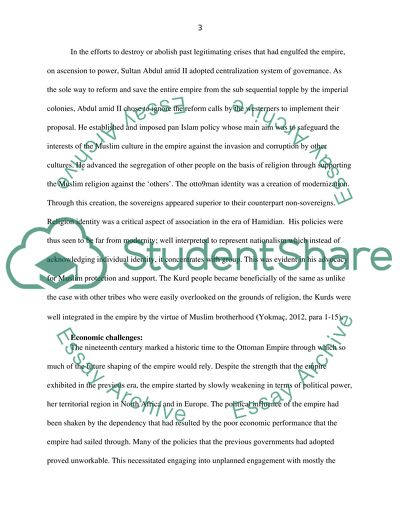Cite this document
(“Analyse the Hamidian era from the perspective of economic change, and Essay”, n.d.)
Analyse the Hamidian era from the perspective of economic change, and Essay. Retrieved from https://studentshare.org/history/1475858-analyse-the-hamidian-era-from-the-perspective-of
Analyse the Hamidian era from the perspective of economic change, and Essay. Retrieved from https://studentshare.org/history/1475858-analyse-the-hamidian-era-from-the-perspective-of
(Analyse the Hamidian Era from the Perspective of Economic Change, and Essay)
Analyse the Hamidian Era from the Perspective of Economic Change, and Essay. https://studentshare.org/history/1475858-analyse-the-hamidian-era-from-the-perspective-of.
Analyse the Hamidian Era from the Perspective of Economic Change, and Essay. https://studentshare.org/history/1475858-analyse-the-hamidian-era-from-the-perspective-of.
“Analyse the Hamidian Era from the Perspective of Economic Change, and Essay”, n.d. https://studentshare.org/history/1475858-analyse-the-hamidian-era-from-the-perspective-of.


